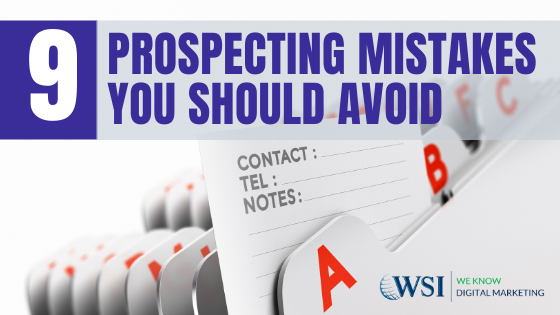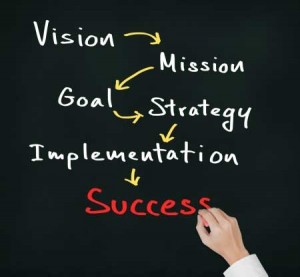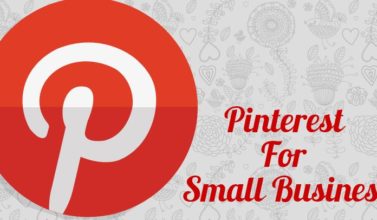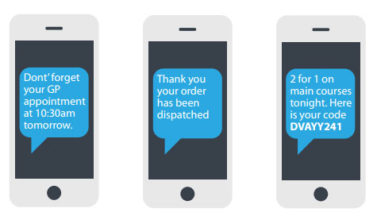
Regardless of the field you’re in, your brand must be dedicating some time to prospecting. Social selling actually falls into this category and by devoting some extra time and perfecting certain prospecting techniques could have a significant impact on your ability to find and close new prospects.
However, prospecting is not easy and it certainly involves more than setting up a lead generation form and sending emails. Today, most of you either have a personal or business email address and if you’ve filled out a form on someone’s website, chances are you are in their prospecting sequence or buyer’s journey.
In fact, you are probably in several sales funnels of which very few are actually relevant. Many of these are nothing more than an automated process of focusing on brute force and repetitive persistence. To be truly successful, make sure you avoid these common mistakes in your prospecting sequence.
Not Spending Enough Time Actually Prospecting
Besides poor planning and execution, the biggest mistake you can make is to not do prospecting at all. It is an easy activity to forget about mainly because it doesn’t yield results right away. For some, it is more important to work on the current deals they have in their pipeline instead of generating new leads.
Thing is, you need to remember how those particular leads initially entered your pipeline and that was though prospecting. If you neglect your lead generation sales pipeline, you are only setting yourself up for failure.
Recommended: ‘How To Create A Marketing Funnel That Actually Converts’
Inefficient Prospecting Research
Research, in any sense of the word, is a non-negotiable, especially in prospecting. Without doing effective research, you will not properly understand your target audience. If you don’t create (and match them) to a pre-set selection of buyer personas, you won’t be able to identify their top priorities, concerns or interests.
While there are many lead generation and research tactics we can share, there is a very simple and effective one all marketers should know. By simply doing a quick LinkedIn search you can find out a considerable amount of information about your prospects. This, in return, will result in potential leads feeling more valued as you made an effort to get to know them.

Too Much Automation In The Prospecting Process
We all love how technology has shaped the marketing world but there is a limit to how much the prospecting sequence should be automated. Another big mistake in prospecting is to fully automate every step of the buyer’s journey.
Many email sequences include assumptive messages which are, in essence, nothing more than a sales pitch. Whether it’s for a meeting request or a product launch, sending too many emails will end up in the Junk or Spam folder.
People don’t reply to other people by responding to an email that was ignored and that includes a new message referring to the previous email. Most prospecting sequences require automation but be smart about it and don’t overdo it.
Did you know that 71% of companies that exceed lead generation and revenue goals have documented buyer personas? (Source: MadMarketer)
Following An Email-Only Approach
People like talking to people and not just through emails, especially when requesting a meeting or product demonstration. If your prospecting sequence only involves emails, you actually don’t have a proper sequence. If you do this, you may as well stop prospecting altogether!
Remember, while email is still a powerful marketing and lead generation tool, it’s not entirely flawless. Email is a medium where recipients can easily hit delete or simply reject your request without even speaking to you.
If your potential customer has never heard your voice, you are not really prospecting. Treat your prospects with the respect they deserve and call them by offering something of value in return for their valuable time.
Not Making Your Voice Heard
In general, your prospecting sequence should be phone heavy coupled with a few emails, perhaps a LinkedIn message or a personal note. Phone calls are vital especially at the initial stages of your lead generation process.
Talking to someone over the phone means there is synchronous communication as both parties can respond to each other in real-time. Not only are phone calls the best option to facilitate a meeting request but it also helps you avoid a prospect’s assumption that you are wasting their time.
Phone calls offer several other benefits in that it can result in a proper conversation. Even if you get someone’s voicemail, it still presents an ideal opportunity to leave a short but detailed message about who you are and the reason for the call. Hearing a voice makes someone real which makes you a known entity, someone worth knowing.
Doing Too Much
A prospecting call should be short and contain only vital information as they’re mostly unscheduled and often interruptive in nature. You may have something valuable to offer but you need to respect them as they have their own work to do and probably pressed for time when you call them. This means you should keep the call short and only ask enough questions to determine the next steps. Whether it’s a call-back, an email or scheduling a meeting request, get their buy-in and let them go about their day.
Relying Too Much On Canned Emails Or Following Scripts
There’s nothing wrong with using an email template or script for calls (or voicemails) as a starting point but don’t copy everything word-for-word. Prospects will quickly realise the lack of effort and can easily ignore your communications altogether.
Following a buyer persona framework is part of prospecting but you should never leave the same voicemail or send the same email more than once. Do so at your own peril as it will be a golden opportunity missed in providing value to your prospects.
Using “Ask-Only” Content
Most prospecting sequences involve asking potential customers for information repeatedly. While it may work for some, it is not ideal and a better solution is to ask a few times and then, in return, provide value without strings attached.
You should not only ask, especially with cold leads as they need to be convinced that you are the best option among all the competition. Ideally, you need to start off by becoming a trusted source of information, an advisor of sorts providing valuable advice.
What content should you focus on?
While there are countless things you could share with your prospective clients, not all of it is advice. For example, information about your company, products or services is definitely not considered advice. Even sharing the results on how you have helped others don’t constitute as insights.
Customer testimonials, on the other hand, are of more value. Further to that, sharing an article about your prospect’s vertical with some insight you believe is important will be regarded as advice. You can recommend that they read the article for a better understanding of something that they really should know.
You can use neutral content which is something outside of your company but still industry-related. This could be a preview of an executive briefing where you share the key points even without asking them for a meeting.

Using The Straight-Pitch Method
Even though LinkedIn is an incredibly powerful lead generation tool, there is nothing worse than getting random, irrelevant messages offering a ‘get-rich-quick’ scheme. Another pointless “sale pitch” is using LinkedIn InMail with a Calendly link showing all unclaimed appointment times. Come on everyone, it’s 2020 and surely we are all past this by now?!
People aren’t idiots so don’t treat your prospects that way either as most of them can see a bad pitch miles away. LinkedIn is certainly a useful tool but you are better off providing valuable information instead of automating everything with generic, “spammy” messages.
Recommended: ‘How LinkedIn Can Help Grow Your Business’
Final Thoughts
Prospecting is all about being human, relevant, and professionally persistent without coming across as robotic and impersonal. Your prospecting sequence should help your potential customers say yes because you’ve done your research and treat everyone as individuals. As a result, they will see you as a brand that cares, someone that takes interest in their needs or concerns.
If you want to be successful at prospecting, avoid these mistakes and treat your potential customers with the respect they deserve. Use your sales pipeline and various touchpoints to earn it as there are no shortcuts.
Need help with your lead generation strategy in 2020? Please get in touch with WSI eMarketing today and request a FREE consultation. We will discuss all of your requirements and, together, create a no-obligation solution unique to your business.
Related Post
A business strategy...
I’m always surprised when a business owner tells me that they don’t have a business...
- August 13, 2014
- By Nadine Thomas
- Business Growth
Pinterest For Small Business
I’m a small business, why do I need Pinterest? A common question I am asked, the answer...
- September 15, 2014
- By Mandy Baldwin
- Business Growth
Pinterest For Hospitality
Using Pinterest to market your hotel or restaurants? I worked for many years within...
- September 30, 2014
- By Mandy Baldwin
- Business Growth
Hubspot’s Conor Douglas...
Conor Douglas, Hubspot’s International Channel Manger joined the WSI Digital Summit on...
- November 19, 2014
- By Nadine Thomas
- Business Growth
The Business Show 2014
If you’re already in business, wanting to grow your business or just thinking about...
- November 25, 2014
- By Nadine Thomas
- Business Growth
Smaller Businesses can use...
Talking at the WSI Digital Summit today, Jason Palgrave-Jones, Natasha Deaffern and...
- July 23, 2015
- By Nadine Thomas
- Business Growth












Leave a Comments